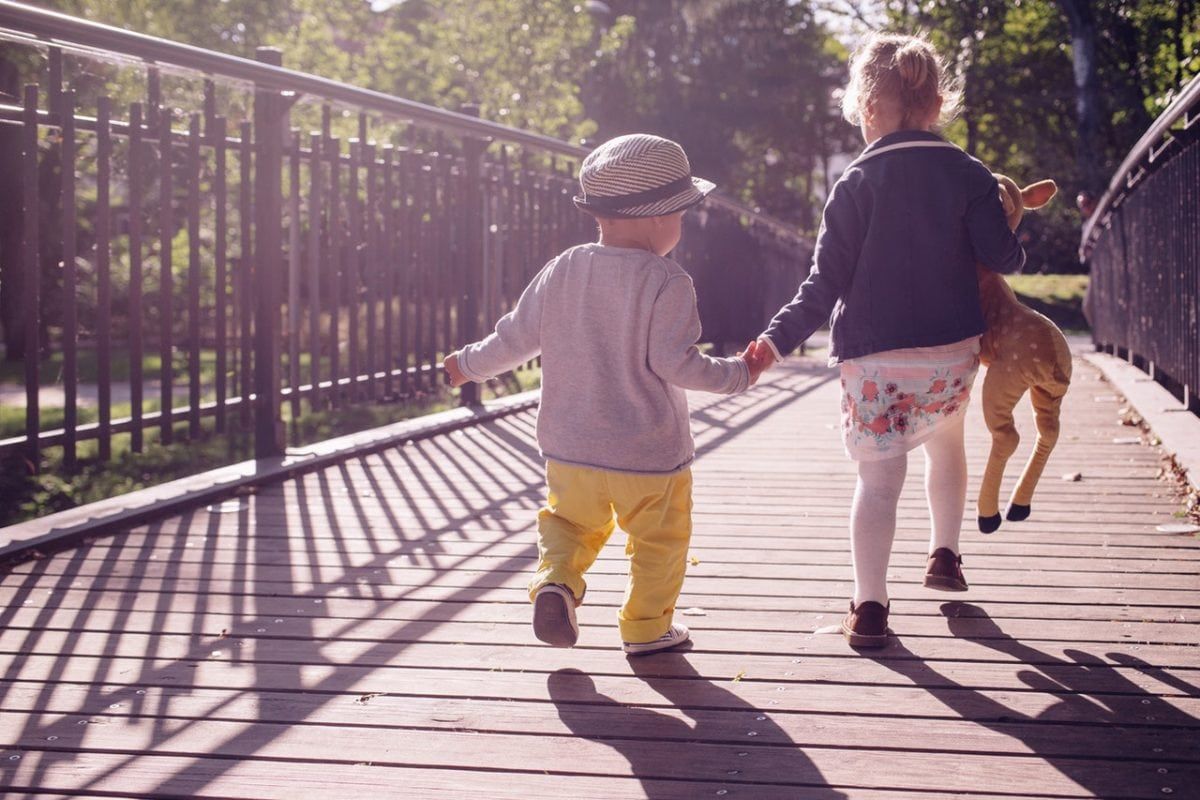
People choose to adopt for a number of reasons, but in the main, they are people with special qualities who want to give a child a safe, stable and nurturing home. But why do children need adopting? Who are the children waiting for adoption?
There are many reasons why a child or a group of siblings cannot live with their birth parents or families.
There are all things we have heard of before but sadly, continue to happen;
The latest picture available the children who were in need of adoption are from April 2016 to March 2017. Although this situation has now changed slightly, it gives an insight into who the children are and, as adoptive parents, who you could give a home too.
In England, 72% of children waiting for adoption were aged 2 years and older, with 64% being in sibling groups or two.
There was a roughly equal split between boys and girls with the majority of children referred to the Adoption Register for England were white, with a quarter being black minority ethnic children.
Some children are considered ‘harder to place’ – children over the age of three, or who are of a black minority ethnicity, are part of a sibling group or have additional needs.
If you are looking to adoption, it is important to understand what the current adoption picture is.
There needs to be a realistic expectation of when you apply to adopt, who the children are looking for families.
Many adoption agencies will actively seek adopters. Currently, there are 1,121 children awaiting adoption with 443 families waiting to adopt.
When you apply to adopt, you will be asked who you think you can give a loving home too. Some would-be adopters want a ready-made family and will be prepared to adopt a group of siblings.
Others adopters have particular ideas, and this can mean a long wait on the approved adopter’s register. But clearly, the importance of understanding what you can offer is essential in ensuring a successful adoption.
Often, children have suffered significant trauma in their pasts. Between being taken into care and adopted, they will be fostered. Foster carers will often pave the way for successful adoptions with life story work, as well as positively introducing the idea of their forever family.
But there is still a lot of trust that must be built between you and your adopted child or children. Do you have those special qualities?
Adopters for Adoption place adoptive parents at the centre of their thinking, striving to match them to children waiting for adoption.